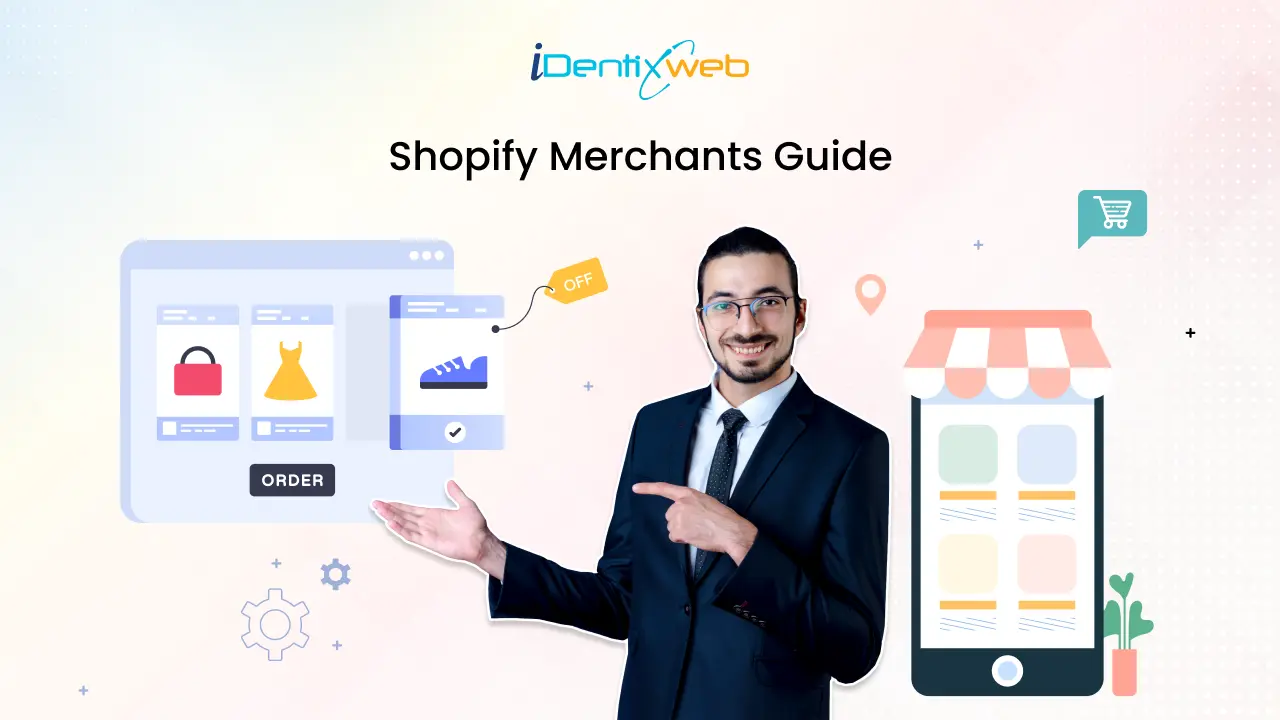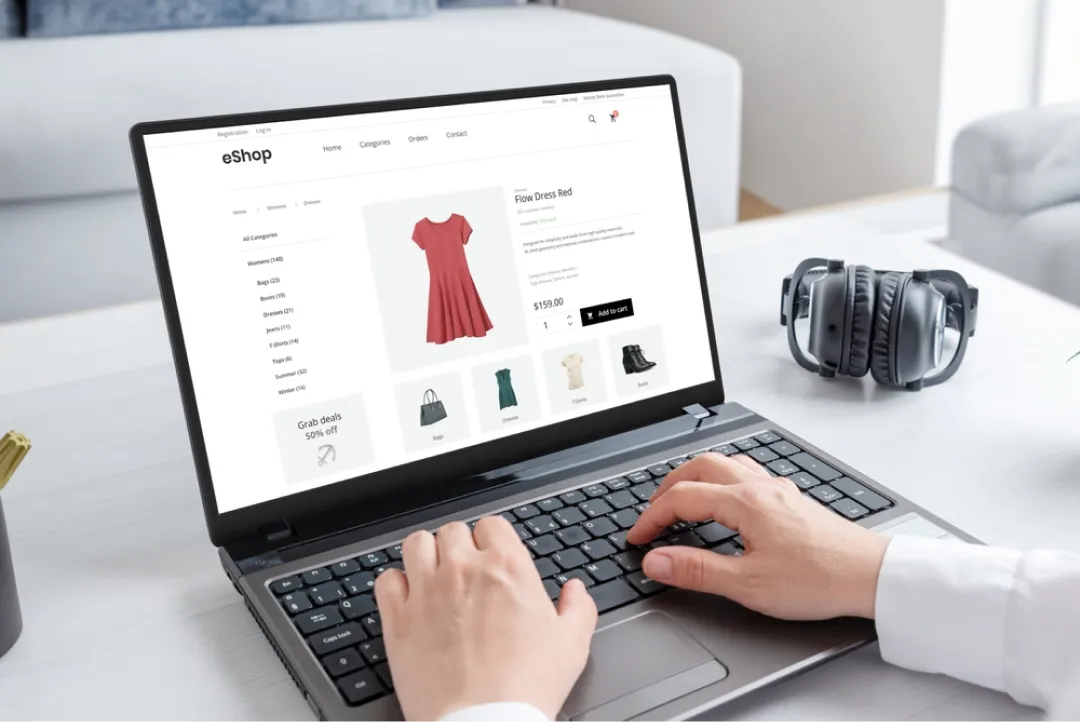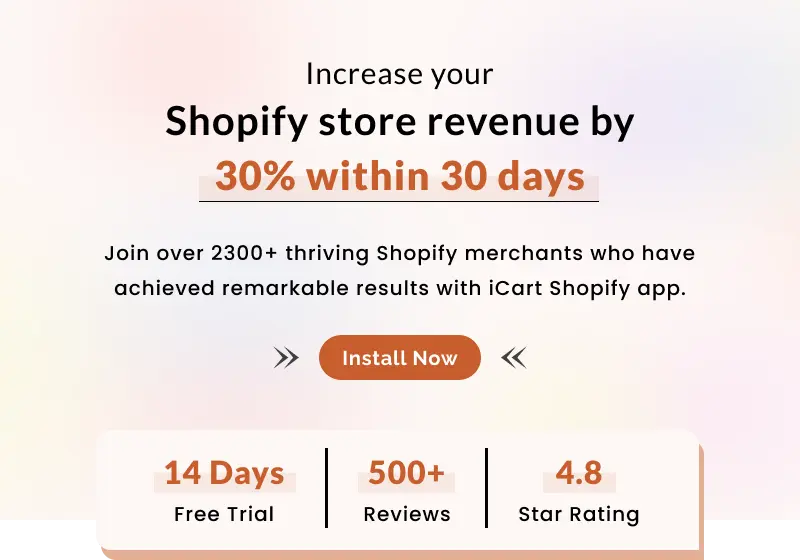
Shopify is one of the most widely known and used e-commerce platforms. People make use of this platform to sell their products worldwide. These people are often referred to as “Merchants.”
According to the latest reports, over 1.76 million merchants are currently selling on Shopify from 175 countries. And do you know? The average income a merchant generates per shopper is $90, which is quite good.
So, if you are already an existing merchant or want to become one on Shopify, then this detailed guide is for you.
We have divided this blog into two sections one is specifically dedicated to newbies whereas the other one is for professionals. So, let’s start of the things with the beginner section.
Shopify Merchant Guide for Beginners
Below are some essential steps that you need to follow to become a merchant of Shopify.
1. Seller Account Creation & Sales Channel Selection
This is obvious; to start selling on Shopify, you need to first create a seller account. However, it is important to note that, Shopify is available in both free and paid versions. The free plan only lasts for 14 days, so you must need to purchase a premium plan starting from $19 a month.
Once you are done with account creation, you should then select the best sales channel according to your potential (skills, resources, etc.). A sales channel is a place from which you will sell products to the targeted audience. Shopify has several sales channels that you can choose from such as:
- Online Store
- Social Media Marketplace
- Retail
- Wholesale
Going with an online store is a preferable option for merchants.
Setting Up Your Store
When you are done with the account creation, it is now time to start setting up your online store which will involve performing multiple steps that are discussed below.
a) Decide the Selling Products
You should first decide what kind of products will be selling as a merchant. There are several methods that you can use to make a decision.
For example, you use Google Trends to quickly determine which product is trending in your specific region or worldwide. Additionally, you can also go with your personal needs, interests, or passions.
b) Decide How You Will Source the Selling Products:
Newbie merchants who don’t have a manufacturing facility are required to follow this step. Some options can be used for outsourcing selling products such as:
- Dropshipping: It involves partnering with a reputed supplier who directly ships your decided products to the customers.
- POD (Print-on-Demand): Consider partnering with a service provider that will print your store’s logo on products.
- Homemade: If you are skilled enough to create the decided products in your home, then this will be the best option.
So, these are some of the useful options that you can try to out-source the selected products that you want to sell.
c)Start Adding Products to the Store & Categorize Them:
This is quite simple, all you need to do is just go to > your account admin panel, and navigate to > products option. From there find “Add products” to get started.
In case you are offering different products on your Shopify store, then do not forget to categorize them in the relevant categories. This way, potential customers can not only find them but also quickly navigate through the store.
d) Write Clear Product Titles & Compelling Descriptions
While adding products, you will be asked to enter product titles and descriptions. Do not neglect the importance of both these, as they greatly contribute to encouraging the customer to make the purchase.
A product title is the first thing that customers will see about your store. That’s why, it is crucial to write it as clearly as possible. Mention the full product name and each word in the name should start with a capital letter. You can also consider incorporating some relevant keywords, but be careful about the title length.
When it comes to product descriptions, these tell customers and search crawlers about the benefits and features of the product. So, while writing, try to keep the descriptions as compelling as possible. For this, use powerful words and phrases, instead of casual ones, and follow a proper sentence structure.
If this manual approach is not working for you due to any reason, don’t worry. You have the option to rephrase the description with paraphrasing tools like Editpad. It will replace most of the words in your given description with their attractive synonyms to provide an engaging version.
3. Take Care of Payment & Shipping Options
Shopify also asks merchants to configure payment and shipping options for their stores. For payment, you should select the option that is most suitable for your targeted customers. Some of the widely used payment options on Shopify are:
- PayPal
- Stripe
- Shopify Payments
Talking about Shipping, you should carefully set the time zones as well as the pricing. Remember to vary the shipping rates based on the product weight, location, and delivery speed options.
4. Start Designing Your Online Store
The design of your online store plays a key role in keeping potential customers interested and engaged for a prolonged period of time. Due to this, it is recommended to spend your full time designing your Shopify store forefront.
Although, the designing process will involve multiple steps that are discussed below.
a) Selecting a Good-looking Theme:
First of all – you are required to select a theme that perfectly aligns with your brand’s vision, aesthetics, and other aspects. Fortunately, Shopify offers both free and premium theme options, so you can go with the one that fits your needs and requirements.
b) Perform Customization (if required):
If needed, you can also consider customizing the theme layout such as fonts, colors, images, blocks, etc. This way, you can give the store a more attractive look. However, if you don’t have the skills to perform customization, then hiring a professional person can be a good option.
Finally, do not forget to set up a clear and fully user-friendly navigational menu. Doing so will make it a lot easier for potential customers to find the required products.
5. Fulfill the Legal Requirements
As a beginner merchant, you should also fulfill the legal requirements to show yourself a credible and authoritative seller. For this, you should have a separate webpage about the “Privacy Policy.” It should clearly state the store policies and how you will deal with customer’s data.
Moreover, you should create an “About Us” page that will describe your information, passion, vision, and mission to the targeted audience.
6. Review, Test, & Launch
In the end, you should carefully the entire store’s elements such as payments, shipping, etc., and test each one to make sure they are working fine.
After ensuring all these, you can then launch your Shopify store, but confirm the store is publicly accessible. So that’s it, you have just become a merchant on Shopify.
Shopify Merchant Guide for Professionals
If you are an already existing merchant on Shopify and want to stand out, then below are some proven strategies that you should follow.
1. Adopt Personalization Approach:
Nowadays, most customers prefer personalization. They only want to see and interact with the things that resonate with their needs and preferences. So, as a Shopify merchant, you should implement a personalization approach.
The approach will give the opportunity to show visitors the products that they are looking for. Now the question is how you can determine this. The answer is straightforward.
As an owner, you need to collect the customer’s data which will include their browsing experience on the store, recent purchase history, search queries, demographic information, and many more.
So, when the store shows customers personalized product recommendations, they will be more likely to not only take an interest in the offering but also end up purchase making a purchase.
Suggestion: When approaching the audience through emails or newsletters for promotion, you should also use the personalization approach.
2. Show Good Stuff Through Testimonials
To make your store stand out, you should consider creating a dedicated page, especially for showcasing testimonials.
A testimonial is a formal statement from a loyal customer describing the overall experience (either positive or negative) with the product. As a merchant, you should try to add only positive ones to win customer trust. Obviously, when the trust is won, the chances of making a purchase will increase.
It is important to note that, testimonials have many forms such as:
- Video
- Picture
- Quote
- Influencer endorsement
- Case study
- Interview testimonials
And so on…
You should go with the type that completely resonates with the targeted customers.
3. Consider Using Dynamic Pricing
Dynamic pricing is considered an excellent marketing strategy to make an online store stand out in a targeted market. Let us explain how. It is a strategy or a practice of varying product prices according to the brand or market conditions.
For example, if your store’s specific product is not providing good sales, then as a merchant you can consider lowering its price. Apart from this, you can also consider offering:
- Discounts on bulk purchases
- Flash sales
- Free gifts
By applying any of these, there is a strong chance that the product will start experiencing more sales. However, if you are a merchant from the USA, then you should be aware of Shopify tax – a service that helps USA merchants automate the sales tax collection process and reduce the risk of non-compliance.
When it comes to market conditions, imagine, if the stock of a demanding product drops in the market, but you have a good inventory of it, then you can consider raising the price. This way, you can still experience good sales and a handsome revenue needed to stand out.
4. Make Use of Omni-channel Marketing
Omni-channel marketing is an effective strategy that involves approaching potential customers through a variety of channels such as social media, emails, etc. Apart from approaching customers, it also involves creating a unified and consistent experience for customers.
This marketing tactic will not only help you reach a wider audience but can also provide several other benefits as well.
- Increased brand awareness
- Build a strong relationship with the customer
- Maximum chances of lead generation
All these will definitely assist your Shopify store to stand as an authority in the targeted market. However, it is important to note that, you need to create a perfect omnichannel marketing strategy to achieve the above-mentioned results. The strategy should involve:
- Understanding the audience, first
- Creating Compelling content
- Following the latest marketing trends
- Performing measurement & Optimization
Wrapping Up
Whether you are an already existing merchant at Shopify or want to become one, it is important to load your mind with all the necessary information that can help in become successful. In this detailed guide, we have two sections one is dedicated to newbies and the other is for professionals. We are quite hopeful that you will find the given information valuable.











About the author
Journi Zoie
Journi Zoie is a dedicated Content Writer specializing in Education, Digital Marketing and Technology. With over 3 years of writing experience, she enjoys creating content that's easy to understand and provides helpful information.